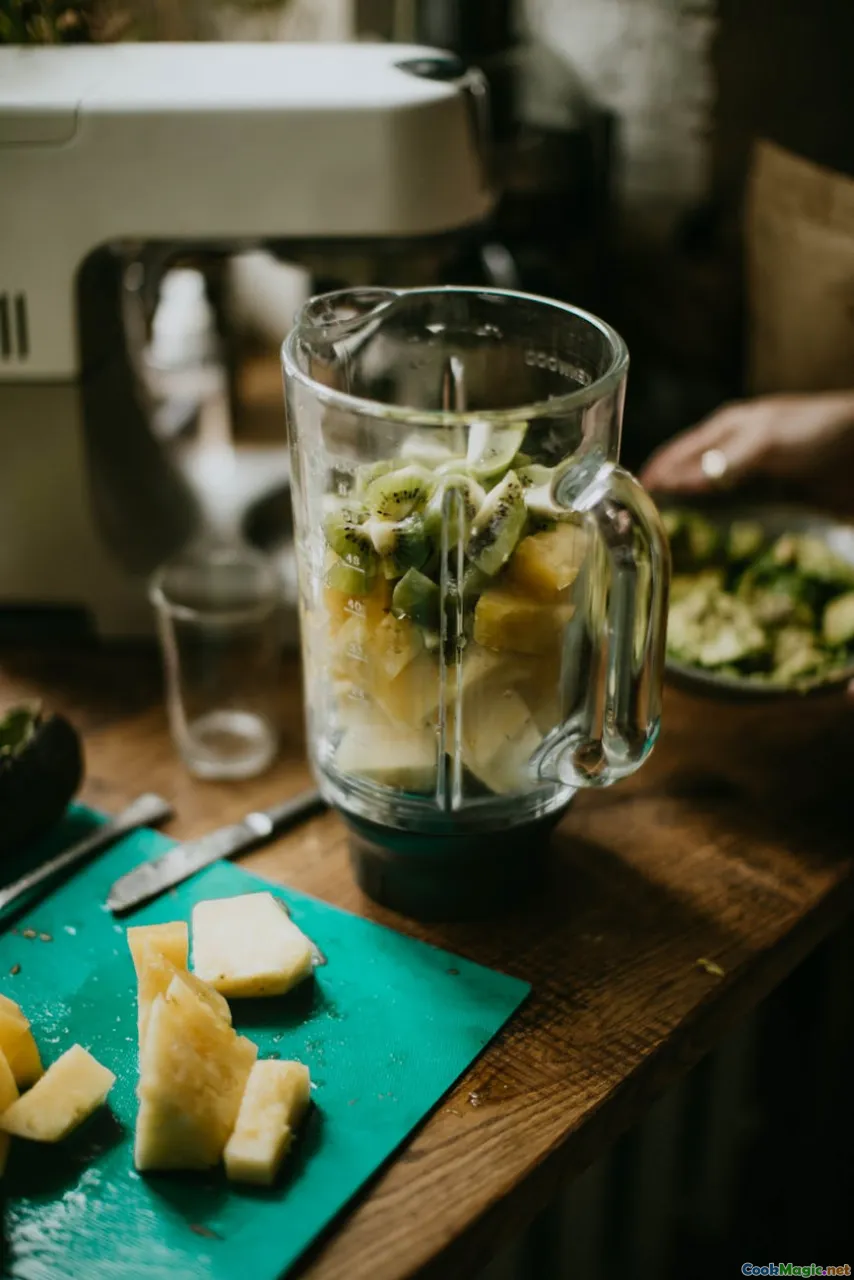Vegetarian Options in Tahitian Home Cooking
8 min read Discover the vibrant and flavorful world of vegetarian options in traditional Tahitian home cooking, blending fresh local ingredients with rich cultural traditions. April 21, 2025 01:00
Vegetarian Options in Tahitian Home Cooking
Imagine a lush island paradise where the air is thick with the scent of blooming frangipani and the ocean’s gentle hum, a place where food is as much a social ritual as it is sustenance. Tahitian cuisine, renowned for its rich seafood dishes and hearty meats, often conjures images of fresh fish grilled over open fires or succulent pork marinated in tropical fruits. Yet, beneath this vibrant culinary tapestry lies a lesser-known, but equally compelling, world of vegetarian home cooking that reflects the islands’ abundant natural bounty and deep-rooted cultural traditions.
The Cultural Heart of Tahitian Food
Tahitian cuisine is intricately woven into the fabric of island life, where food serves as a bridge connecting ancestors, community, and nature. Historically, the Polynesian settlers brought with them a deep reverence for the land and sea, embracing a diet that was both sustainable and flavorful. While seafood and pork starred prominently, local vegetables and fruits have always played a vital supporting role, especially in vegetarian dishes that honor the island’s lush landscape.
The Richness of Local Ingredients
Tahitian home cooking is characterized by an impressive array of fresh ingredients that lend themselves beautifully to vegetarian preparations. These include:
- Taro: A starchy root with a nutty flavor, often boiled or mashed into creamy dishes.
- Sweet Potatoes: Vibrant orange and purple varieties that add natural sweetness.
- Breadfruit: A versatile fruit with a potato-like texture, baked or roasted.
- Bananas and Plantains: Used in both savory and sweet dishes.
- Coconut: From milk to grated flesh, coconut is the backbone of many recipes.
- Tropical Greens: Such as taro leaves, spinach, and local wild greens.
- Fruits: Mango, papaya, pineapple, and passionfruit provide bright flavors and natural sweetness.
Traditional Tahitian Vegetarian Dishes
1. Faraoa (Sweet Potato and Coconut Pancakes)
A simple yet flavorful dish, faraoa combines grated sweet potatoes with coconut milk, a touch of sugar, and a dash of vanilla. The mixture is formed into small patties and pan-fried until golden. The aroma of toasted coconut and caramelized sweet potatoes fills the air, offering a comforting taste of island sweetness.
2. Po’e (Tahitian Fruit Pudding)
This traditional dessert can be adapted into a vegetarian main course by emphasizing the fruit component. Made with mashed bananas, papaya, or mango, mixed with coconut milk and a hint of vanilla or lime, then steamed into a soft, fragrant pudding. It’s both sweet and nourishing, echoing the tropical bounty.
3. Taro Leaf Wraps (Lovo or Café)
Taro leaves are often used to wrap vegetables and root crops before being steamed or baked in an underground oven called a lovo. Vegetarian fillings can include seasoned taro root, pumpkin, or squash, seasoned with coconut milk, lime, and local herbs. The result is tender, flavorful, and deeply aromatic.
4. Coconut and Green Banana Curry
A rich, fragrant curry made with green bananas, taro, and local greens simmered in coconut milk with turmeric, ginger, and chili. The dish offers a perfect balance between creamy, spicy, and earthy flavors, showcasing the versatility of vegetarian ingredients.
5. Local Green Salad with Coconut Dressing
Fresh, crunchy greens like taro leaves, spinach, and wild greens are tossed with a dressing made from grated coconut, lime juice, and local herbs. The salad is often served as a side or light main, embodying the island’s fresh and vibrant culinary spirit.
Modern Twists and Personal Touches in Tahitian Vegetarian Cooking
While traditional recipes form the backbone of Tahitian vegetarian cuisine, contemporary cooks and home chefs are increasingly experimenting with new ingredients and techniques. Incorporating organic vegetables, local herbs, and even international spices, these adaptations respect the island’s culinary roots while embracing innovation.
For example, some Tahitian households now prepare vegetarian kebabs using seasoned tofu or tempeh, marinated in tropical fruit juices and grilled over open flames. Others create hearty vegetable stews that blend local greens with imported spices, adding depth and complexity.
Personal Reflections and Cultural Significance
Having spent time in Tahiti and immersed myself in its culinary culture, I’ve come to appreciate how vegetarian options are not just a dietary choice but a reflection of respect for the land and a desire to honor the island’s natural abundance. Sharing vegetarian dishes during family gatherings or community celebrations often symbolizes harmony with nature, gratitude, and a sustainable way of living.
The warmth and hospitality of Tahitian hosts often shine through their vegetarian offerings—dishes prepared with love, seasoned with local herbs, and served with a smile. These meals tell stories of generations, of island life, and of a deep connection to the environment.
Final Thoughts
In Tahitian home cooking, vegetarian options are more than just alternatives; they are a vital expression of the islands’ rich natural resources and cultural heritage. From the sweet, comforting notes of taro and coconut to the vibrant colors of tropical fruits and greens, these dishes invite us to explore a different side of Tahitian cuisine—one that celebrates abundance, simplicity, and harmony.
Whether you’re a dedicated vegetarian, a curious foodie, or someone seeking to incorporate more plant-based meals into your diet, Tahitian vegetarian dishes offer a delicious, authentic, and soul-nourishing experience. So next time you think of Tahiti, envision a table laden with colorful, fragrant, and wholesome vegetarian fare—truly a taste of paradise.









